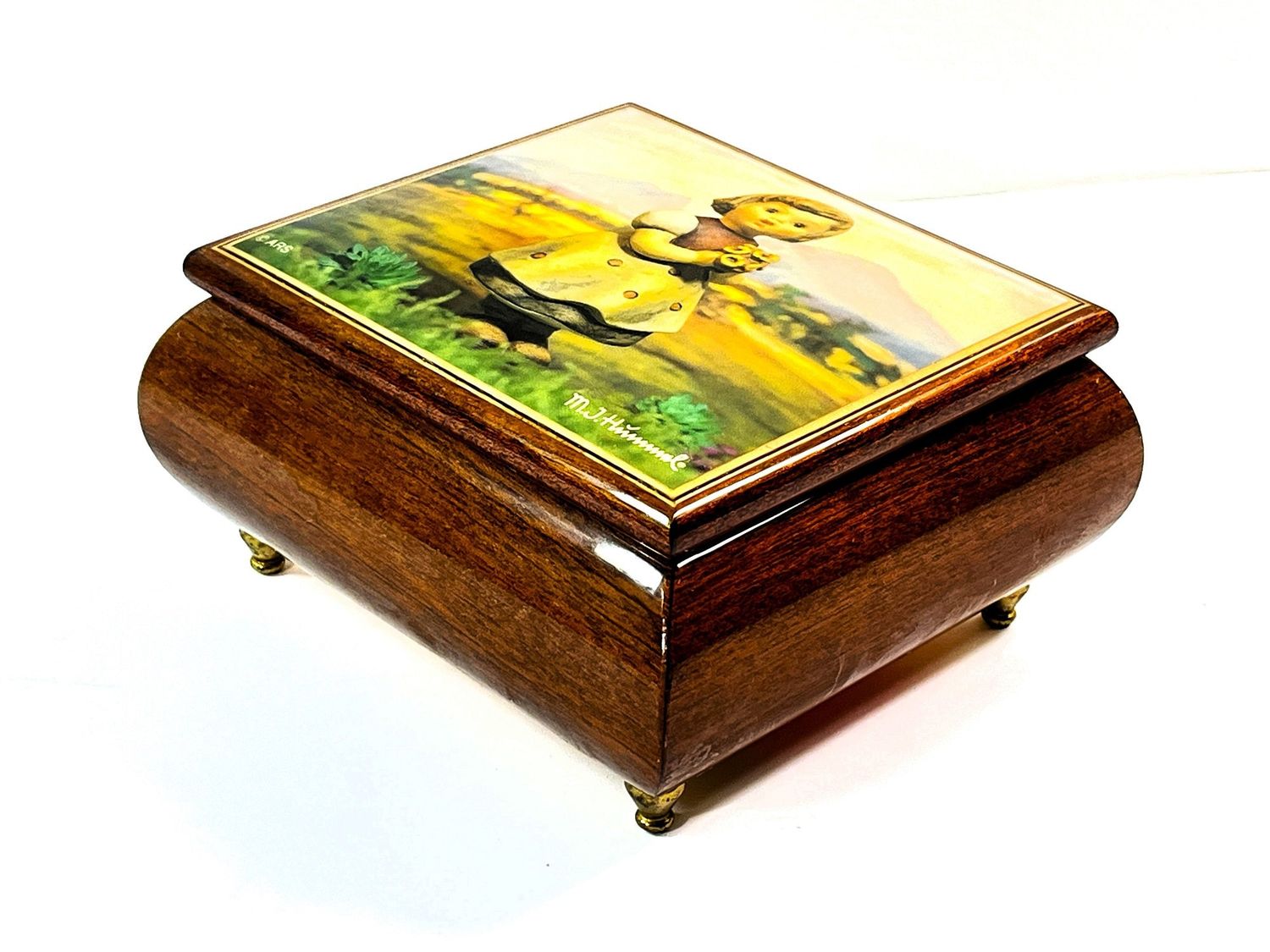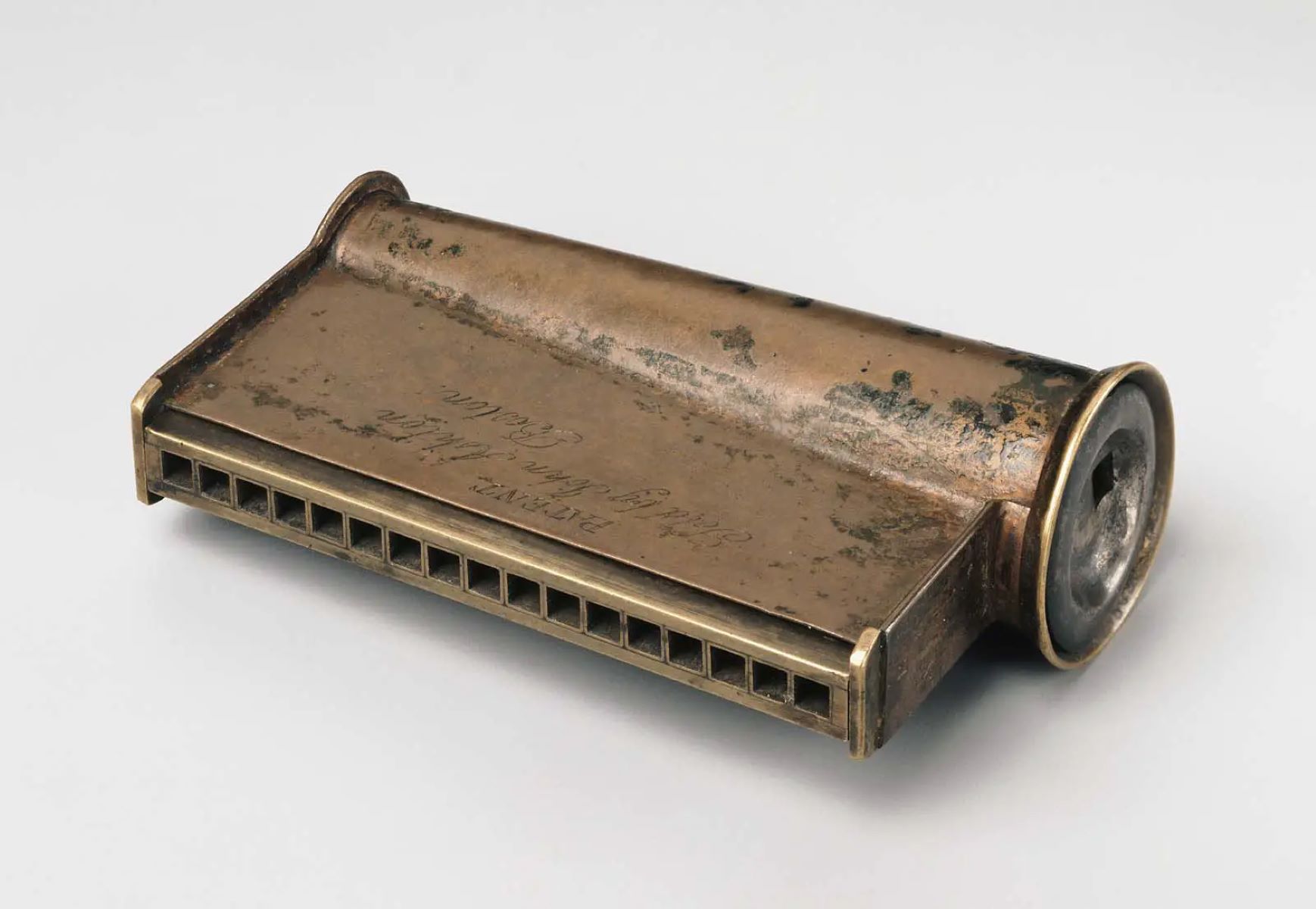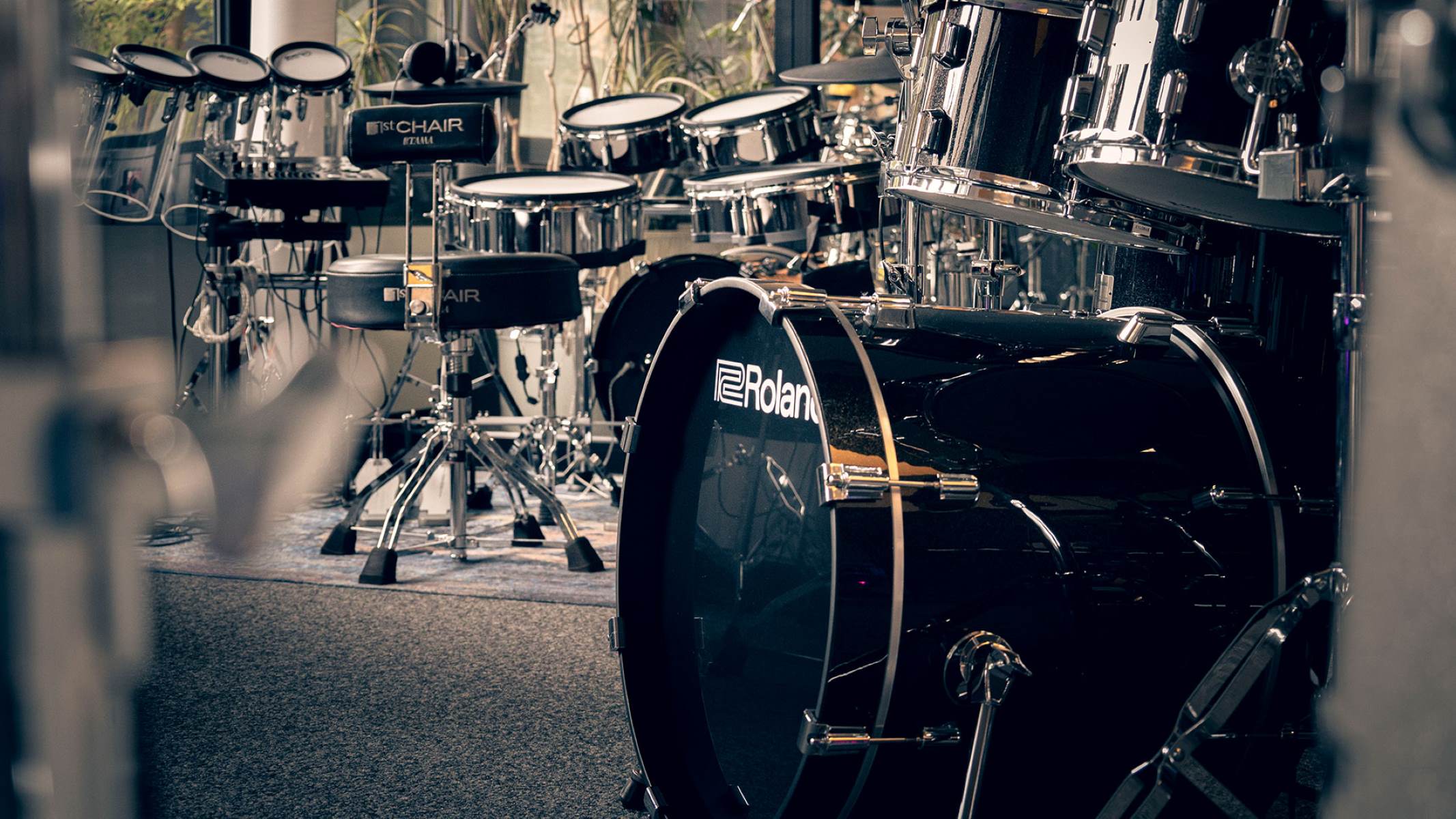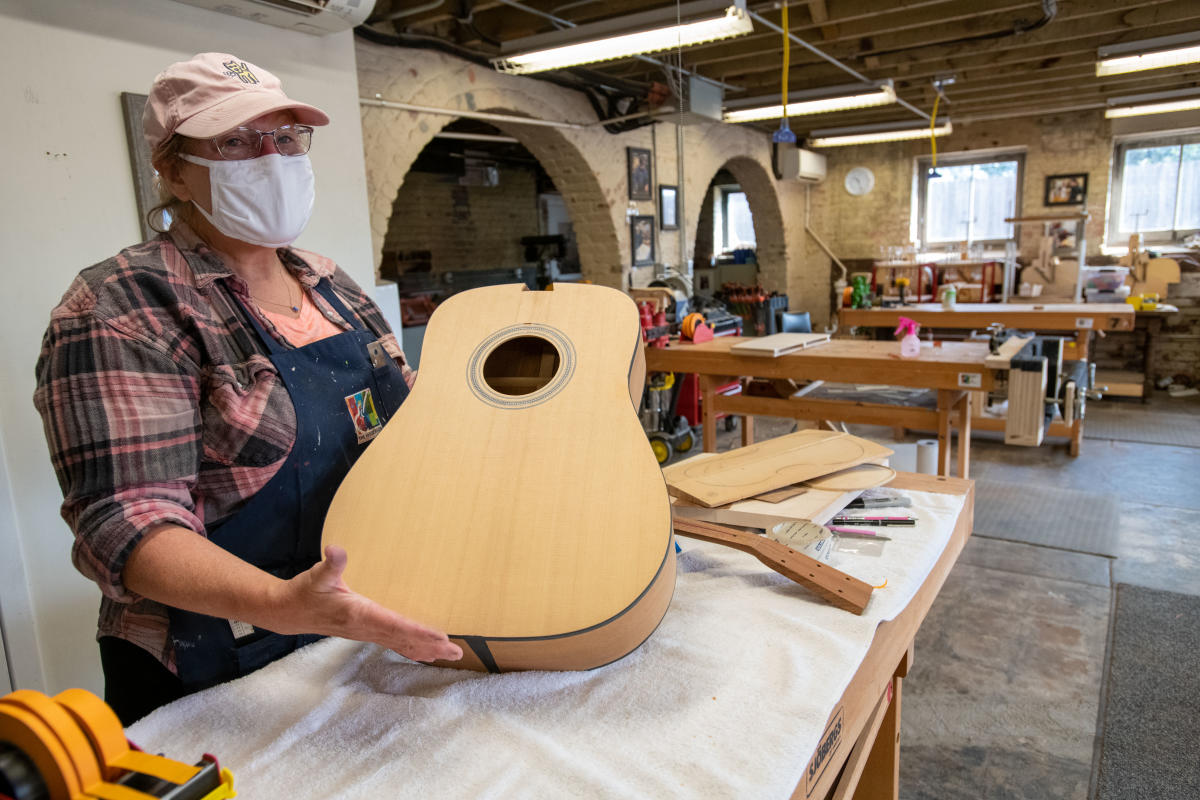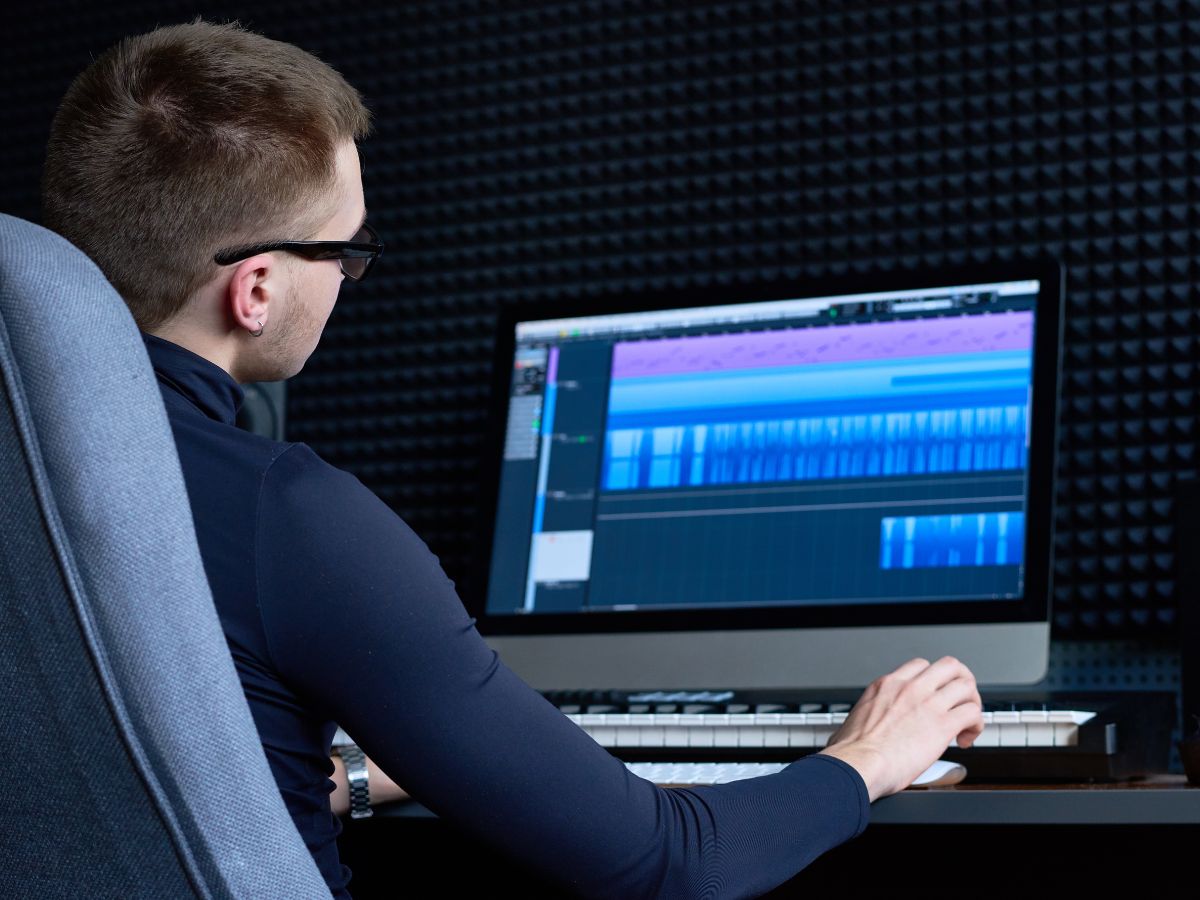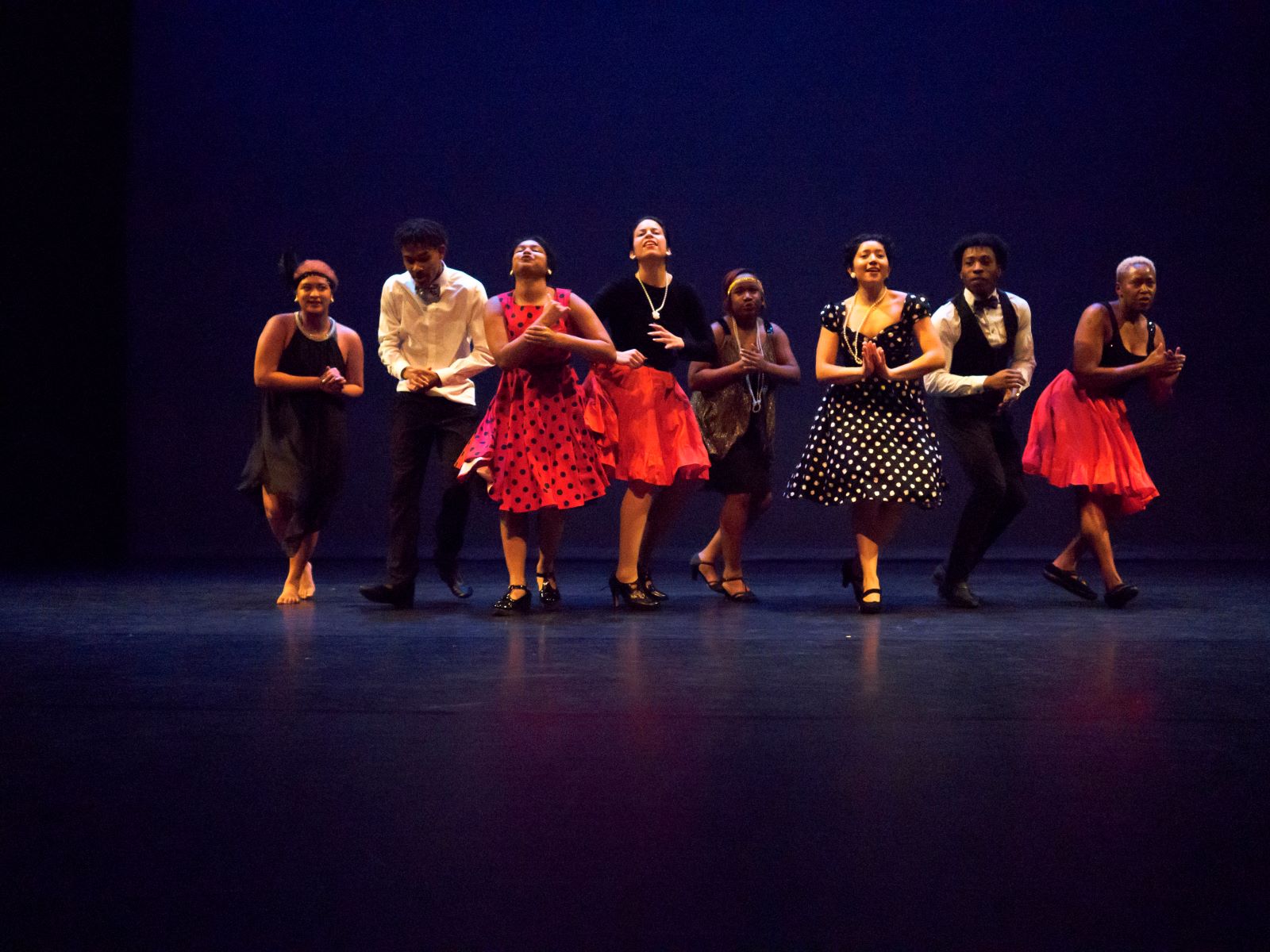Home>Instruments>Piano>When Was The Piano Made
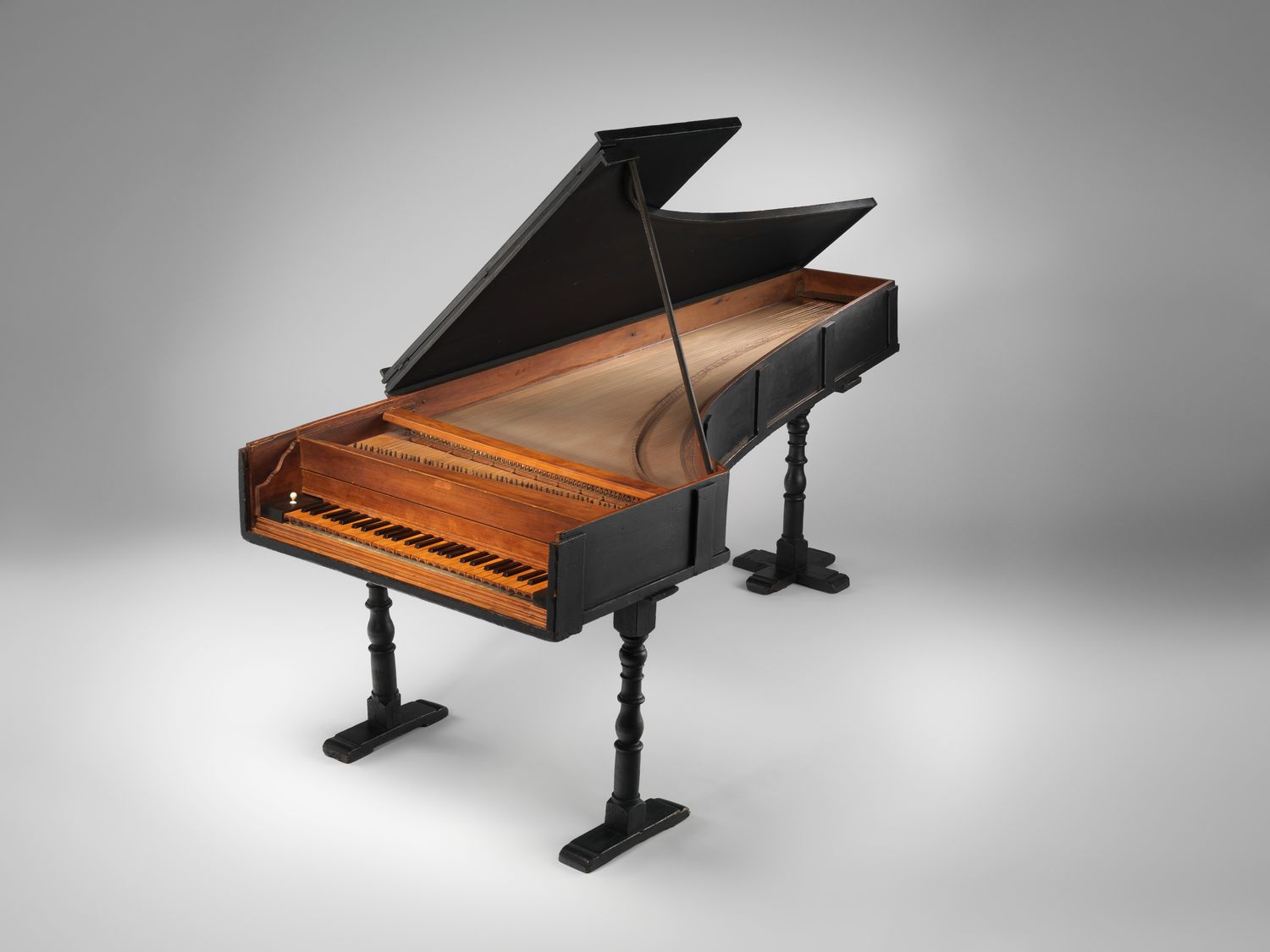

Piano
When Was The Piano Made
Published: February 12, 2024
Discover the history of the piano and learn about its origins and evolution over the centuries. Find out when the piano was first created and how it has transformed music. Explore the fascinating journey of this iconic musical instrument.
(Many of the links in this article redirect to a specific reviewed product. Your purchase of these products through affiliate links helps to generate commission for AudioLover.com, at no extra cost. Learn more)
Table of Contents
Introduction
When was the piano made? This question takes us on a fascinating journey through history, innovation, and artistry. The piano, with its rich and diverse heritage, has captured the hearts and minds of music enthusiasts for centuries. Its evolution reflects the intersection of craftsmanship, technology, and musical expression.
As we delve into the origins and development of the piano, we uncover a narrative that transcends time and resonates with the very essence of human creativity. From its humble beginnings to its modern-day presence in concert halls and homes around the world, the piano has left an indelible mark on the world of music.
Join us as we explore the remarkable story of the piano, from its inception to its contemporary significance. We will unravel the invention of the piano, trace its evolution through the centuries, and delve into the intricacies of modern-day piano manufacturing. Through this journey, we aim to gain a deeper understanding of the instrument that has become synonymous with musical virtuosity and emotional resonance.
The Invention of the Piano
The piano, an instrument of profound beauty and versatility, traces its origins back to the early 18th century. The credit for its invention is often attributed to Bartolomeo Cristofori, an Italian harpsichord maker employed by the powerful Medici family in Florence. In around 1700, Cristofori crafted the first piano, which he called a “gravicembalo col piano e forte” – roughly translated as a harpsichord with soft and loud sounds, signifying the instrument’s capability to produce varying levels of volume.
Cristofori’s groundbreaking creation represented a departure from the harpsichord, as it introduced a mechanism that allowed hammers to strike the strings, producing sound with dynamic range based on the force applied to the keys. This innovative “hammers and escapement” action laid the foundation for the modern piano, setting it apart from its predecessors and contemporaneous keyboard instruments.
Unlike the harpsichord, which produced sound by plucking strings when the keys were pressed, the piano enabled musicians to evoke nuanced expression and dynamics through their playing. This pivotal development revolutionized keyboard music and composition, inspiring a new wave of creativity and expression among musicians and composers.
Despite initial skepticism and resistance from adherents of the harpsichord, the piano’s allure and adaptability gradually gained widespread recognition, propelling its integration into the musical landscape of Europe and beyond. The instrument’s ability to convey a wide spectrum of emotions, from delicate whispers to thundering crescendos, captivated musicians and audiences alike, cementing its status as a transformative force in the realm of music.
Evolution of the Piano
Following its inception, the piano underwent a fascinating evolution, marked by significant advancements in design, construction, and musical capabilities. In the 18th century, piano makers across Europe refined and expanded upon Cristofori’s initial concept, leading to the development of various piano styles, such as the fortepiano, square piano, and upright piano.
The fortepiano, a direct descendant of Cristofori’s invention, gained popularity during the classical and early romantic periods. Renowned composers like Mozart, Haydn, and Beethoven composed masterpieces specifically for the fortepiano, harnessing its expressive potential and dynamic range to push the boundaries of musical expression.
As the 19th century unfolded, piano craftsmanship and innovation surged, giving rise to the modern grand piano we recognize today. Builders incorporated structural enhancements, such as the cast iron plate and cross-stringing, to fortify the instrument’s frame and optimize string tension, thereby enhancing tonal richness and sustaining power. The evolution of the grand piano facilitated the exploration of complex harmonies, virtuosic passages, and orchestral-like textures, making it the instrument of choice for composers and performers seeking to unleash their creative visions.
Simultaneously, the upright piano emerged as a space-saving alternative, catering to the burgeoning middle-class households and public venues. Its compact yet robust design made it accessible to a wider demographic, contributing to the democratization of music and the proliferation of piano education.
Throughout the 20th and 21st centuries, advancements in materials, manufacturing processes, and acoustics have continued to shape the piano’s evolution. Innovations in soundboard technology, action mechanisms, and digital interfaces have expanded the instrument’s sonic possibilities, bridging tradition with contemporary musical sensibilities.
Today, the piano stands as a testament to centuries of ingenuity and artistry, embodying a legacy of innovation and excellence that resonates across genres and cultures. Its enduring appeal and adaptability affirm its status as an iconic symbol of musical expression and a timeless source of inspiration for generations to come.
Modern Day Piano Manufacturing
The art of piano manufacturing has evolved into a sophisticated blend of traditional craftsmanship and cutting-edge technology, reflecting a commitment to precision, quality, and sonic excellence. In contemporary piano production, manufacturers meticulously orchestrate a series of intricate processes to create instruments that embody the highest standards of artistry and engineering.
The journey begins with the selection of premium materials, including fine woods such as spruce, maple, and mahogany, chosen for their acoustic properties and structural integrity. These materials form the foundation for the piano’s soundboard, frame, and cabinetry, setting the stage for the instrument’s tonal resonance and visual allure.
Skilled artisans and technicians collaborate to shape and assemble the piano’s components with meticulous attention to detail. The soundboard, a crucial element in projecting the instrument’s voice, undergoes precise tapering and voicing to optimize its vibrational characteristics, ensuring a rich and responsive tonal palette.
The piano’s action assembly, comprising thousands of meticulously crafted parts, undergoes rigorous regulation and calibration to achieve unparalleled touch responsiveness and consistency across the keyboard. Innovations in action design and materials have enhanced the instrument’s playability, enabling performers to articulate their musical expressions with precision and nuance.
Advancements in acoustic engineering and computer-aided design have revolutionized the manufacturing process, enabling manufacturers to refine and optimize the instrument’s acoustics and structural integrity. State-of-the-art facilities integrate automated precision machinery with artisanal expertise, resulting in instruments that embody a harmonious blend of tradition and innovation.
Furthermore, the advent of digital technology has expanded the horizons of piano manufacturing, giving rise to hybrid and digital pianos that combine the timeless allure of acoustic instruments with the versatility of electronic interfaces. These instruments offer a diverse array of sounds, recording capabilities, and connectivity options, catering to the evolving needs and creative aspirations of modern musicians.
Ultimately, modern-day piano manufacturing represents a testament to the enduring legacy of craftsmanship, innovation, and dedication to musical excellence. Each instrument serves as a testament to the collaborative efforts of artisans, engineers, and musicians who share a commitment to perpetuating the timeless artistry and emotive power of the piano.
Conclusion
The piano, from its inception in the early 18th century to its present-day prominence, embodies a legacy of innovation, artistry, and cultural significance. Its evolution mirrors the dynamic interplay between tradition and innovation, shaping the instrument into a paragon of musical expression and technical ingenuity.
From Bartolomeo Cristofori’s pioneering invention to the diverse array of modern acoustic and digital pianos, the instrument has transcended boundaries, captivating the hearts and minds of musicians and audiences across the globe. Its enduring appeal lies in its ability to convey a profound spectrum of emotions, from introspective intimacy to grandiose virtuosity, making it an indispensable companion in the realm of musical creation and performance.
The evolution of piano manufacturing, characterized by a harmonious fusion of traditional craftsmanship and technological advancements, underscores the unwavering commitment to sonic excellence and tactile responsiveness. Each instrument represents a symphony of precision, passion, and artistry, reflecting the collective dedication of artisans, engineers, and musicians to perpetuate the instrument’s timeless allure.
As the piano continues to inspire and enrich the lives of individuals across diverse cultures and musical genres, its legacy endures as a testament to the enduring power of human creativity and expression. Whether in the hands of a virtuoso commanding the stage or in the intimate setting of a home, the piano remains an emblem of artistic transcendence, inviting both seasoned musicians and aspiring enthusiasts to embark on a journey of discovery and self-expression.
In closing, the story of the piano is a narrative of resilience, innovation, and timeless beauty, echoing through the annals of musical history and resonating with the promise of endless possibility. Its evolution and enduring relevance stand as a testament to the enduring legacy of human ingenuity and the profound capacity of music to unite, inspire, and elevate the human spirit.

